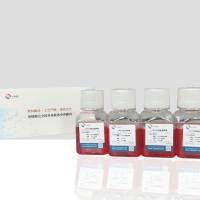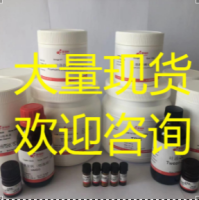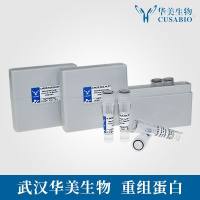The CE Way of Thinking: All is Relative!
互联网
632
Over the last two decades, the development of capillary electrophoresis (CE) instruments has lead to systems with programmable samplers, separation columns, separation buffers, and detection devices comparable visually in many aspects to the setup of classical chromatography.
Two characteristics make CE essentially different from chromatography and are the basis of the CE way of thinking : first is the injection type and the liquid flow within the capillary. When the injection is made hydrodynamically (such as in most of the applications found in the literature), the injected volumes are directly dependent on the type and size of the separation capillary. The second characteristic is that in CE, buffer velocity is not pressure-driven, as in liquid chromatography, but is electrokinetically governed by the quality of the capillary surface (separation buffer dependant surface charge) inducing an electroosmotic flow (EOF). The EOF undergoes small variations and is not necessarily identical from one separation or day to the other. The direct consequence is that the migration time of the analytes apparently nonreproducible, although the velocity of the ions is the same.
The effective mobility (field strength normalized velocity) of the ions is a possible parameterization from acquired time-scale to effective mobility-scale electropherograms leading to a reproducible visualization and better quantification with a direct relation to structural characters of the analytes (i.e., charge and size; see Chapter 23).









